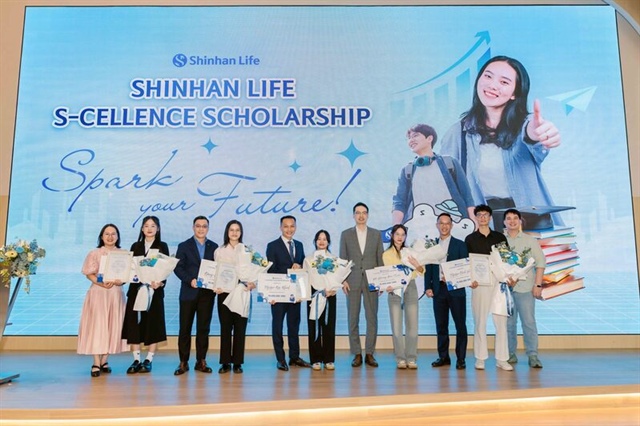Bad debt ratio decrease raises worry than joy
Bad debt ratio decrease raises worry than joy
The State Bank of Vietnam has reported that the bad debt ratio has decreased sharply by 2.82 percent to six percent. However, analysts have looked dubiously at the figure.

Bad debt ratio plummets
Explaining the sharp fall in the bad debt ratio, a senior official of the State Bank of Vietnam said commercial banks have promoted the provisioning against risks, collecting and treating bad debts.
In principle, when a bad debt is provisioned against the risks, it would be put aside into the off-balance sheet, which means that it would not be shown on the books.
The total outstanding loans of credit institutions reportedly reached VND2,800 trillion. The bad debts have decreased by 78,690 billion. This means that banks have had to make high provisions against the risks to deal with bad debts.
Experts say with the high bad debt ratio, banks would have to make high provisions against the risks, which would make the profits down sharply, meaning that the corporate income tax of banks would decrease and the state budget lose a big source of income.
They said that if banks make the provision of VND70 trillion against the risks, they would lose VND70 trillion in pretax profit. As such, with the current corporate income tax rate of 25 percent, the state has lost VND17,500 billion in tax collection from banks.
The high provisions made by banks in 2012 then led to the sharp fall in their profits. A report showed that the total profit of the whole banking system in 2012 was VND28,600 billion, a sharp decline of 50 percent in comparison with 2011. Especially, some banks have reported the high provisioning which was four times higher than that in 2011.
Where has the bad debt gone?
When answering the questions before the National Assembly in a session in late 2012, Governor of the State Bank of Vietnam--Nguyen Van Binh, said he hopes the bad debt ratio would decrease to below three percent by 2015 as in accordance with the international practice.
Just after five months since the day the statement was made, the bad debt ratio has decreased by nearly three percent. Therefore, one may hope that the bad debt ratio would be slashed to four percent by the end of 2013, and Vietnam won’t need to wait until 2015 to see the bad debt ratio decrease to below three percent.
However, experts still think that it is really a complicated work to settle the bad debts.
A finance expert, citing a report, said that the number of businesses going bankrupted in the first two months of the year was higher than the number of newly set up ones, while the inventories were still high. “How can the bad debt be reduced?” he questioned.
The finance expert, like many others, keeps doubtful eyes when looking into the bad debt report released by the central bank. They think that the bad debt ratio has dropped just on paper, while they still have been existing in reality.
Commercial banks keep lending at high interest rates. Only very good projects can access bank loans at the interest rate of 12 percent, while the average lending interest rate now is 15-16 percent.
A question has been raised that why the credit has not increased, even though the bad debt ratio has decreased significantly? According to the State Bank, in the first two months of 2013, the credit growth rate was minus 0.16 percent.
vietnamnet




























